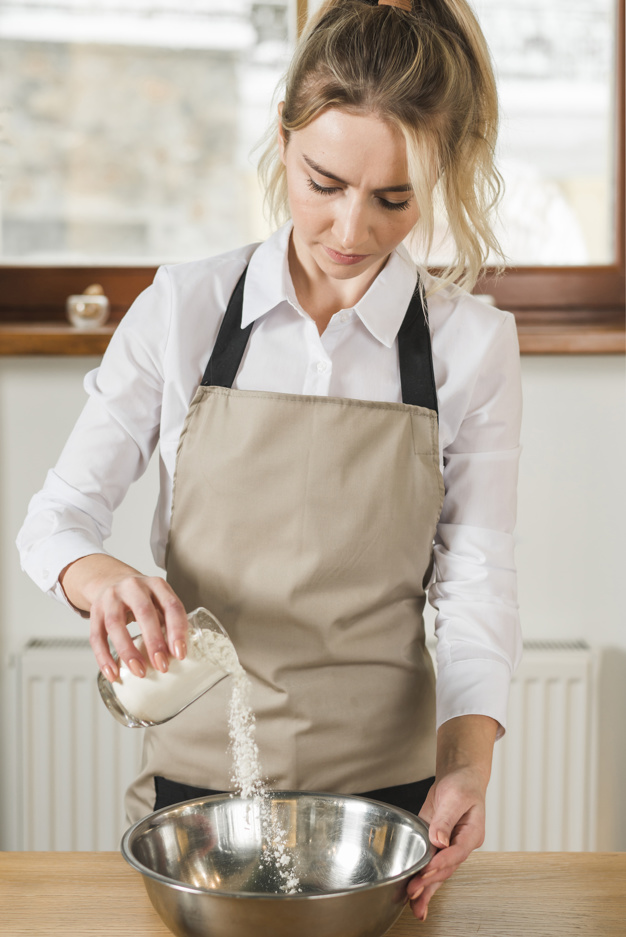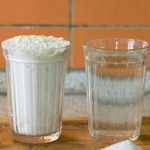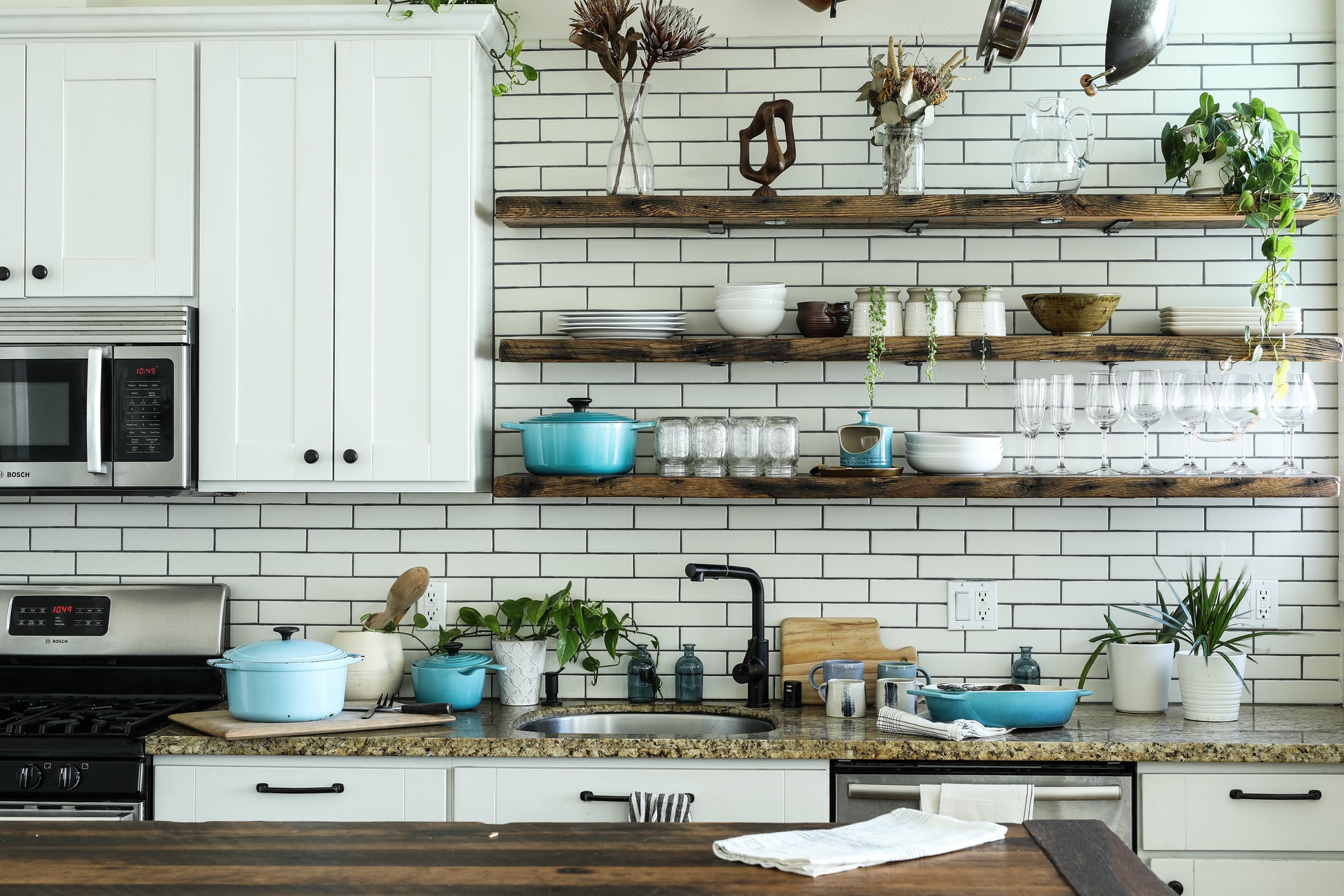How many grams of flour are in a glass: weight of other products and measurement basics
For housewives and lovers of preparing delicious dishes for the whole family, today there is a wide range of dishes and various household utensils. Devices make our life much easier. But for our mothers and grandmothers, everything was completely different. To prepare fragrant pies or a pie, they had to measure out flour with a faceted glass, and prepared porridge “by eye” or by measuring out the required amount of bulk product with spoons. Today, a housewife may have a situation where measuring utensils are not at hand. The “grandmother’s” method of determining weight will come to the rescue.

The content of the article
How to measure the volume correctly?
All housewives have been using measurements using glasses for a long time, because special measuring spoons appeared relatively recently.
Some housewives fundamentally use the “grandmother’s” method, especially when making baked goods and cereals.
That is why it is worth knowing exactly the volume of cut glassware available in everyday use and how many bulk products it holds. You should also study the basic rules of measurement, in particular:
- liquid products are poured in, filling to the brim;
- products with a viscous consistency are spooned out, filling “heaped”;
- Bulk ones should also be applied with a spoon or scooped out of a common bag using a glass.
When figuring out how many grams of flour are in a faceted glass, you need to know that the sifted product and regular flour have completely different weights. Bulk materials must be measured in their natural form, and only then sifted through a sieve.

Volume of bulk products
If a recipe specifies “glass,” it means that same faceted container. It holds 200 ml of liquid and various volumes of bulk products, depending on their density and weight. Let's try to figure out the usual ingredients.
Products are poured into a homogeneous mass into prepared containers. Sugar, flour or any type of cereal falls into this category.
How many grams of flour are in a glass?
Bulk products have different weights, so their volume will vary. Often recipes specify a value (for example, “250 grams of flour”) and determining how much is in glasses is very difficult. In order not to get confused, there are many tables with the data already provided in the public domain.
If you fill a bowl with flour to the brim, you will get 160 g.
Flour is measured by sprinkling with a spoon, but not compacting. When you try to compress the contents of the glass, the weight will fluctuate, which can lead to spoilage of the dish. The situation is similar if you take a wet container for measurement.

How many grams of rice in a glass
Rice groats weigh much more than flour. In addition, the grains (due to their shape) do not adhere to each other as tightly as happens with flour. Accordingly, the weight of the same amount of rice and flour will be different.
A glass that is completely filled when measured holds 230 g of rice. A similar volume is shown by pearl barley and slightly less by millet (220 g).
Buckwheat in a glass - volume
Buckwheat is especially loved in our country.It is customary to eat buckwheat porridge not only for breakfast, but also serve it as a side dish for main courses. Therefore, measuring the volume with a faceted container is very convenient.
One glass filled to the brim with buckwheat contains 210 g of product. Lentils have a similar indicator.

Sugar in a faceted glass
Not a single baking recipe is complete without granulated sugar. It is more convenient to measure it in the usual way - it is faster and easier. Remember that you need to pour it into a dry container. Wet sides will add weight and cause improper concentration when cooking.
Granulated sugar, filling the container to the brim, weighs 200 g.
Semolina in a glass
Semolina in its consistency and friability resembles granulated sugar. Therefore, their weight is the same when measured with a faceted glass. The volume of semolina in the bowl is 200 g. Please note that to prepare porridge of different consistency you need a very small amount.

General table of measures
In addition to the products listed, our kitchen has a large assortment of ingredients that can be measured in glasses. We will provide a summary table of volumes. Using the cheat sheet, you can prepare delicious and healthy dishes.
| Bulk product | Weight when filled to the brim without slide (g) |
| Wheat flour | 160 |
| Sugar | 200 |
| Fine salt | 320 |
| Powdered sugar | 180 |
| Starch | 180 |
| Lemon acid | 300 |
| Cocoa | 150 |
| Poppy seeds | 155 |
| Oatmeal | 100 |
| Semolina | 200 |
| Millet groats | 220 |
| Buckwheat | 210 |
| Rice | 230 |
| Pearl barley | 230 |
| Barley grits | 180 |
| Breadcrumbs (crushed) | 130 |
It is very convenient to measure the volume of a bulk product with a faceted glass. It is present in all zealous housewives in the kitchen. If a large amount of an ingredient is required, such utensils are indispensable.






You should have a table scale in the kitchen - it’s very convenient and there’s no need to count weights with spoons.